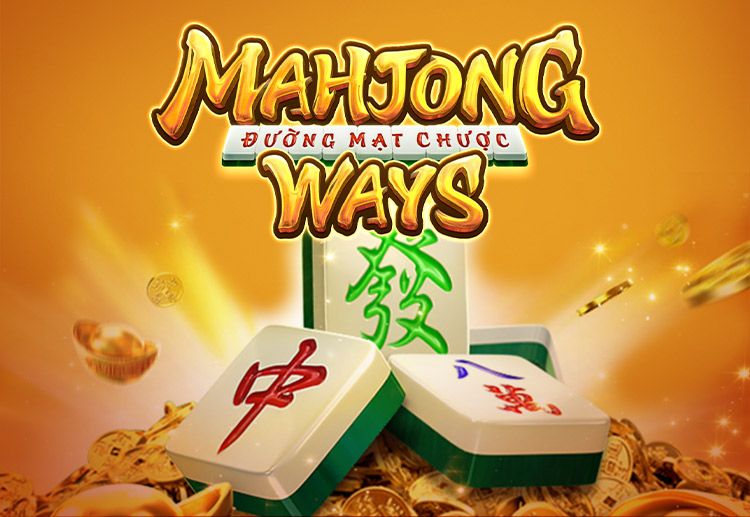
The History of Mahjong Ways
Mahjong Ways, a game deeply rooted in Chinese culture, has undergone a fascinating evolution over the years. From its origins in ancient China to its modern digital incarnation as Mahjong Ways, this beloved pastime has continuously adapted to meet the changing tastes of players around the world.
Traditional Mahjong:
Mahjong traces its roots back to the Qing dynasty in China, where it emerged as a popular pastime among the elite class. The game involves a set of intricately designed tiles, each bearing symbols and characters with specific meanings.
The Rise of Digital Mahjong:
With the advent of technology, Mahjong underwent a significant transformation, transitioning from physical tabletop sets to digital platforms.Digital Mahjong gained widespread popularity in the late 20th century, reaching audiences beyond Asia and captivating players of all ages.
Introduction of Mahjong Ways:
Mahjong Ways represents the latest chapter in the evolution of this timeless game. Developed as a modern interpretation of traditional Mahjong, introduces innovative gameplay mechanics and dynamic features. Unlike its predecessors, Mahjong Ways offers players a grid-based gameplay experience, where they match tiles in various combinations to achieve victory.
Cultural Heritage:
Despite its modern makeover, Mahjong Ways remains deeply rooted in Chinese cultural heritage. The game’s visuals, symbols, and themes pay homage to traditional Chinese art and iconography, fostering a sense of authenticity and appreciation for its cultural origins. Through players not only enjoy a captivating gaming experience but also gain insight into the rich history and symbolism associated with Mahjong.
Mahjong, a game deeply entrenched in the cultural fabric of China, has transcended borders and captivated players worldwide for centuries. Its intricate tiles, strategic gameplay, and rich history have made it a beloved pastime across generations. However, in recent years, a modern adaptation known has emerged, breathing new life into this ancient game.
Evolution of Mahjong
Originating in China during the Qing dynasty, Mahjong has evolved from a traditional tabletop game to a digital phenomenon. Its popularity surged in the early 20th century, spreading to other parts of Asia and eventually reaching global audiences. Despite its enduring appeal, Mahjong has undergone numerous reinterpretations to suit the preferences of contemporary players.
Introduction to Mahjong Ways
Mahjong Ways represents a fusion of tradition and innovation, offering a fresh take on the classic game. Players navigate through a grid of tiles, matching identical symbols to clear them from the board and unlock rewards.
Gameplay Mechanics:
The gameplay mechanics of Mahjong Ways are intuitive yet engaging. Players must strategically select pairs of tiles that are not blocked by other tiles on their left or right sides and do not have any tiles stacked above them. As they progress through the game, they encounter special tiles with unique abilities, such as reshuffling the board or eliminating specific tile patterns.
Strategic Depth:
While Mahjong Ways retains the core principles of traditional Mahjong, it introduces an added layer of strategy. Players must carefully plan their moves to create cascading chains of matches, maximizing their score and clearing the board efficiently. Additionally, mastering the utilization of special tiles is key to overcoming challenging levels and achieving high scores.
Cultural Significance:
Despite its modern makeover, Mahjong Ways pays homage to the cultural heritage of The game’s visual aesthetics often draw inspiration from traditional Chinese art and symbolism, fostering a sense of authenticity and reverence for its origins. Furthermoreserves as a gateway for players to explore and appreciate the rich cultural heritage associated with the game.